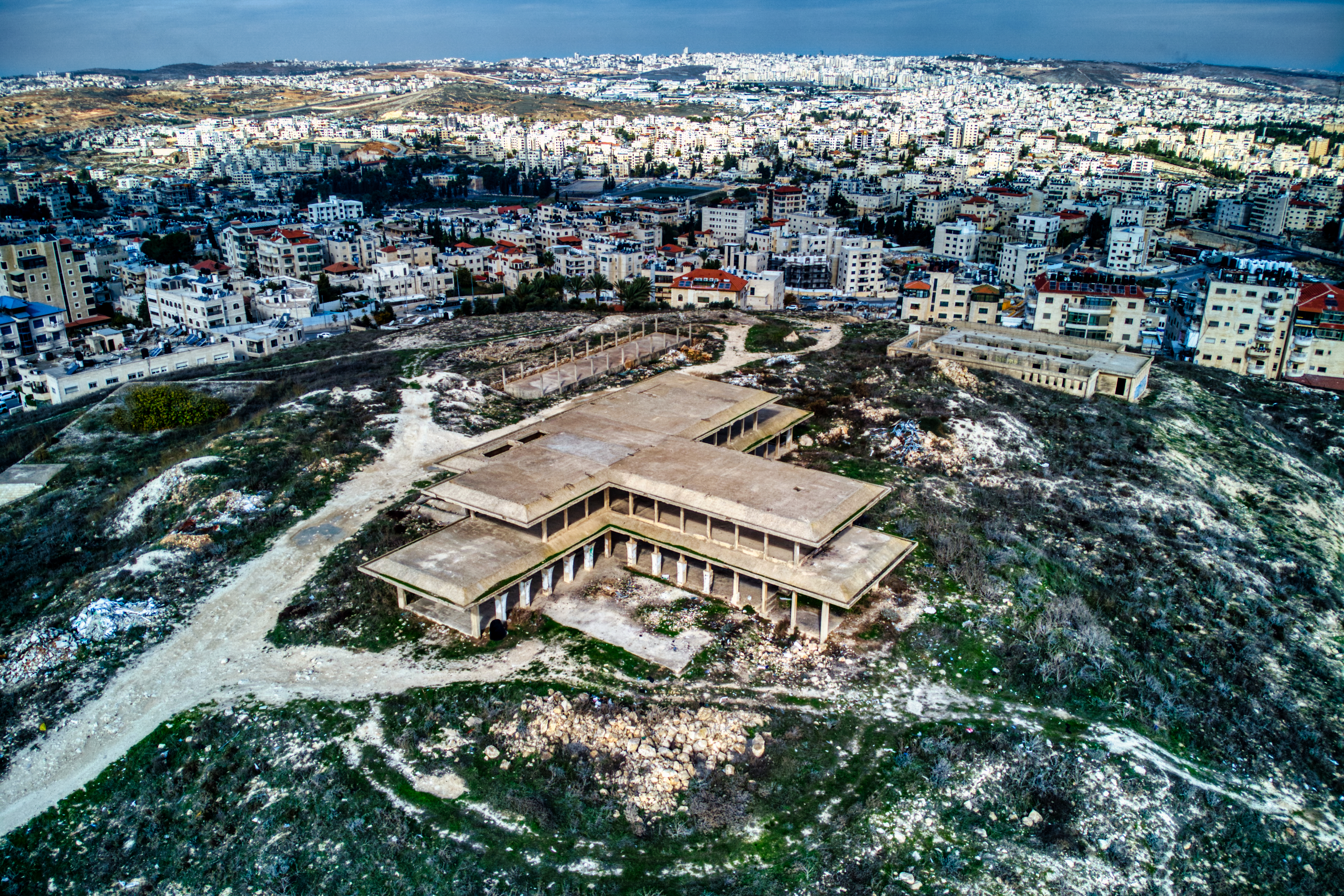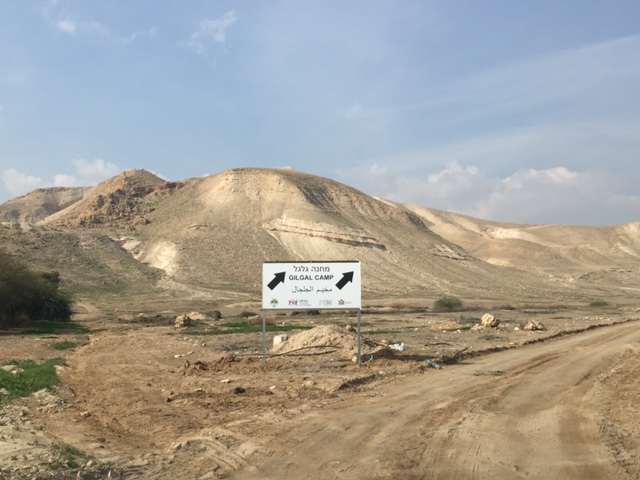|
1 Samuel 10
1 Samuel 10 is the tenth Chapters and verses of the Bible, chapter of the First Book of Samuel in the Old Testament of the Christianity, Christian Bible or the first part of the Books of Samuel in the Hebrew Bible. According to Jewish tradition the book was attributed to the prophet Samuel, with additions by the prophets Gad (prophet), Gad and Nathan (prophet), Nathan, but modern scholars view it as a composition of a number of independent texts of various ages from c. 630–540 BCE. This chapter describes the anointing of Saul as the first king of Israel, within a section comprising 1 Samuel 7–15 which records the rise of the monarchy in Israel and the account of the first years of King Saul. Text This chapter was originally written in the Biblical Hebrew, Hebrew language. Chapters and verses of the Bible, It is divided into 27 verses. Textual witnesses Some early manuscripts containing the text of this chapter in Biblical Hebrew, Hebrew are of the Masoretic Text tradition ... [...More Info...] [...Related Items...] OR: [Wikipedia] [Google] [Baidu] |
Books Of Samuel
The Book of Samuel (, ''Sefer Shmuel'') is a book in the Hebrew Bible, found as two books (1–2 Samuel) in the Old Testament. The book is part of the narrative history of Ancient Israel called the Deuteronomistic history, a series of books ( Joshua, Judges, Samuel, and Kings) that constitute a theological history of the Israelites and that aim to explain God's law for Israel under the guidance of the prophets. According to Jewish tradition, the book was written by Samuel, with additions by the prophets Gad and Nathan, who together are three prophets who had appeared within 1 Chronicles during the account of David's reign. Modern scholarly thinking posits that the entire Deuteronomistic history was composed ''circa'' 630–540 BCE by combining a number of independent texts of various ages. The book begins with Samuel's birth and Yahweh's call to him as a boy. The story of the Ark of the Covenant follows. It tells of Israel's oppression by the Philistines, which brought ... [...More Info...] [...Related Items...] OR: [Wikipedia] [Google] [Baidu] |
Septuagint
The Greek Old Testament, or Septuagint (, ; from the la, septuaginta, lit=seventy; often abbreviated ''70''; in Roman numerals, LXX), is the earliest extant Greek translation of books from the Hebrew Bible. It includes several books beyond those contained in the Masoretic text of the Hebrew Bible as canonically used in the tradition of mainstream Rabbinical Judaism. The additional books were composed in Greek, Hebrew, or Aramaic, but in most cases, only the Greek version has survived to the present. It is the oldest and most important complete translation of the Hebrew Bible made by the Jews. Some targums translating or paraphrasing the Bible into Aramaic were also made around the same time. The first five books of the Hebrew Bible, known as the Torah or the Pentateuch, were translated in the mid-3rd century BCE. The remaining translations are presumably from the 2nd century BCE. The full title ( grc , Ἡ μετάφρασις τῶν Ἑβδομήκοντα, , The Tr ... [...More Info...] [...Related Items...] OR: [Wikipedia] [Google] [Baidu] |
New King James Version
The New King James Version (NKJV) is an English translation of the Bible. The complete NKJV Bible was published in 1982 by Thomas Nelson, now HarperCollins. The NKJV is described by Thomas Nelson as being "scrupulously faithful to the original, yet truly updated to enhance its clarity and readability." History The NKJV translation project was conceived by Arthur Farstad. It was inaugurated in 1975 with two meetings (Nashville and Chicago) of 130 biblical scholars, pastors, and theologians. The men who were invited prepared the guidelines for the NKJV. The aim of its translators was to update the vocabulary and grammar of the King James Version, while preserving the classic style and literary beauty of the original 1769 edition of the King James Version. The 130 translators believed in faithfulness to the original Greek, Aramaic, and Hebrew texts including the Dead Sea Scrolls. Also agreed upon for most New King James Bibles were easier event descriptions, a history of ea ... [...More Info...] [...Related Items...] OR: [Wikipedia] [Google] [Baidu] |
Ramathaim-Zophim
Ramathaim-Zophim ( he, רמתיים־צופים), also called Ramah () and Ramatha in the Douay–Rheims Bible translation (Ramathaimsophim in the Vulgate), is a city from the Hebrew Bible, the home town and resting place of prophet Samuel. The name of the town means "the heights of the views." Identification Ramah, the home of Elkanah, Samuel's father (), the birthplace of Samuel and the seat of his authority (), the town is frequently mentioned in the history of that prophet and of David (). Here Samuel died and was buried (). The historian Josephus distinguishes between Ramathaim, "a city of the tribe of Ephraim," and Ramah, the burial place of Samuel the prophet. Ramathaim-Zophim has been tentatively identified with one of two sites. One of them is the modern Palestinian village of Nabi Samwil, the other the former village, now town, of er-Ram. Er-Ram as Ramah Ramah, according to Eusebius' '' Onomasticon'', was located 6 milestones north of Jerusalem (Ailia), opposite Bethe ... [...More Info...] [...Related Items...] OR: [Wikipedia] [Google] [Baidu] |
Gibeah
Gibeah (; he, גִּבְעָה ''Gīḇəʿā''; he, גִּבְעַת, link=no ''Gīḇəʿaṯ'') is the name of three places mentioned in the Hebrew Bible, in the tribes of Benjamin, Judah, and Ephraim respectively. Gibeah of Benjamin is the most commonly mentioned of the places. In the Book of Judges, it is the main setting to the story of the Benjaminite War. Later, in the Book of Samuel, it is mentioned as the first capital of the united Kingdom of Israel under king Saul. Gibeah of Benjamin is generally identified with ''Tell el-Fūl'' in northern Jerusalem. Etymology Gibeah is a Hebrew word meaning "hill" ( he, גִּבְעָה, translit=Giv'ah). Gibeah of Benjamin Biblical narrative Gibeah in the tribe of Benjamin was the location of the infamous rape and murder of the Levite's concubine, and the resulting Battle of Gibeah (). Israel’s first king, King Saul, reigned here for 22 years (). According to PEF explorer C.R. Conder, the name ma ... [...More Info...] [...Related Items...] OR: [Wikipedia] [Google] [Baidu] |
Gilgal
Gilgal ( he, גִּלְגָּל ''Gilgāl''), also known as Galgala or Galgalatokai of the 12 Stones ( grc-gre, Γαλαγα or , ''Dōdekalithōn''), is the name of one or more places in the Hebrew Bible. Gilgal is mentioned 39 times, in particular in the Book of Joshua, as the place where the Israelites camped after crossing the Jordan River (Joshua 4:19 – 5:12). The Hebrew term ''Gilgal'' most likely means "circle of stones". Its name appears in Koine Greek on the Madaba Map. Places named Gilgal in the Bible In Joshua 4–5 According to Joshua 4:19, Gilgal is a location "on the eastern border of Jericho" where the Israelites encamped immediately after crossing the Jordan River. There, they erected 12 stones as a memorial to the miraculous stopping of the river when they crossed. Joshua then ordered the Israelites who had been born during the Exodus to be circumcised at this spot. The Bible refers to this place as ''Givat Ha'aralot'', then says that Joshua called the place ... [...More Info...] [...Related Items...] OR: [Wikipedia] [Google] [Baidu] |
Bethel
Bethel ( he, בֵּית אֵל, translit=Bēṯ 'Ēl, "House of El" or "House of God",Bleeker and Widegren, 1988, p. 257. also transliterated ''Beth El'', ''Beth-El'', ''Beit El''; el, Βαιθήλ; la, Bethel) was an ancient Israelite sanctuary frequently mentioned in the Hebrew Bible. Bethel is first referred to in the bible as being near where Abram pitched his tent. Later, Bethel is mentioned as the location where Jacob dreams of a ladder leading to heaven, and which he therefore named Bethel, "House of God". The name is further used for a border city located between the territory of the Israelite tribe of Benjamin and that of the tribe of Ephraim, which first belonged to the Benjaminites and was later conquered by the Ephraimites. In the 4th century CE, Eusebius of Caesarea and Jerome described Bethel as a small village that lay 12 Roman miles north of Jerusalem, to the right or east of the road leading to Neapolis.Robinson and Smith, 1856, pp. 449–450. Most ... [...More Info...] [...Related Items...] OR: [Wikipedia] [Google] [Baidu] |
Mount Tabor
Mount Tabor ( he, הר תבור) (Har Tavor) is located in Lower Galilee, Israel, at the eastern end of the Jezreel Valley, west of the Sea of Galilee. In the Hebrew Bible (Joshua, Judges), Mount Tabor is the site of the Battle of Mount Tabor between the Israelite army under the leadership of Barak and the army of the Canaanite king of Hazor, Jabin, commanded by Sisera. In Christian tradition, Mount Tabor is the site of the transfiguration of Jesus. Etymology The Hebrew name of the, ''tabor'', has long been connected with the name for "navel", ''ṭabbur'', but this is probably due to popular etymology. In the Greek Septuagint's translation of the Book of Jeremiah, the name Itabyrium (, ''Itabýrion'') was used for Mount Tabor. Josephus used the same name in his Greek works. From the connection with the Transfiguration of Jesus, the mountain has been known in the past as the or . It was the namesake of Tabor light in Christian theology, of the Czech sect ... [...More Info...] [...Related Items...] OR: [Wikipedia] [Google] [Baidu] |
Mizpah In Benjamin
Mizpah ( he, מִצְפָּה ''miṣpāh'', 'watch-tower, look-out') was a city of the tribe of Benjamin referred to in the Hebrew Bible. Tell en-Nasbeh is one of three sites often identified with Mizpah of Benjamin, and is located about 12 kilometers north of Jerusalem. The other suggested locations are Nabi Samwil, which is some 8 kilometers north-west of the Old City of Jerusalem (situated on the loftiest hill in the vicinity, above the plain of Gibeon), and Sh'afat, a village situated on a flat spur to the northwest of Jerusalem and where Jerusalem is visible from the village. Biblical references The first mention of Mizpah was in Genesis where Laban and his son-in-law Jacob made an agreement that God will watch over them while they were apart from each other. It was marked by the piling of rocks. It was a reminder of peace where each would not go beyond these rocks to attack the other. When a Levite traveler's concubine was raped by the men of Gibeah, the other tribes o ... [...More Info...] [...Related Items...] OR: [Wikipedia] [Google] [Baidu] |
Israel
Israel (; he, יִשְׂרָאֵל, ; ar, إِسْرَائِيل, ), officially the State of Israel ( he, מְדִינַת יִשְׂרָאֵל, label=none, translit=Medīnat Yīsrāʾēl; ), is a country in Western Asia. It is situated on the Eastern Mediterranean, southeastern shore of the Mediterranean Sea and the northern shore of the Red Sea, and Borders of Israel, shares borders with Lebanon to the north, Syria to the northeast, Jordan to the east, and Egypt to the southwest. Israel also is bordered by the Palestinian territories of the West Bank and the Gaza Strip to the east and west, respectively. Tel Aviv is the Economy of Israel, economic and Science and technology in Israel, technological center of the country, while its seat of government is in its proclaimed capital of Jerusalem, although Status of Jerusalem, Israeli sovereignty over East Jerusalem is unrecognized internationally. The land held by present-day Israel witnessed some of the earliest human occup ... [...More Info...] [...Related Items...] OR: [Wikipedia] [Google] [Baidu] |
.jpg)




